GALLERY 02 | WATER & CULTURE
EXHIBIT 03/03 01
Water and Communities
Explore the sub exhibits
Even so, they still maintained most of their local cultural practices. They were primarily involved in rural occupations like agriculture, horticulture, etc. and still live in urban villages known as gaothans.
Dressed to the nines in a nauvari lugra (9 yard sari), they bring out the intangible heritage anchored to Mumbai`s water through their pre-wedding customs.
असे असले तरी, आजतागायत त्यांनी त्यांच्या मूळ चालीरीती कसोशीने पाळल्या आहेत. शहरातील जुन्या गावठाणांत त्यांची वस्ती असे आणि शेती, बागायती असे त्यांचे ग्रामीण व्यवसाय होते..
नऊवारी लुगडे नेसून, त्यांच्या लग्नविधी आणि इतर चालीरीती द्वारे मुंबईच्या जल संस्कृतीमधील एक अमूर्त वारसा ते आजही जपून आहेत.











FINDING A FIG TREE - AN EAST
INDIAN RITUAL
An ode to the 9 yard East Indian lugra (saree) and the 9 chapters of this charming practice around an East Indian well.
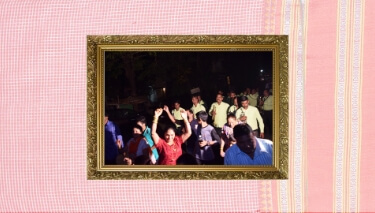
1 The Village
Uttan gaothan, is an urban village inhabited majorly by the East Indians - an indigenous community from Mumbai. They are Roman Catholic and speak a dialect of Marathi that has words borrowed from Portuguese, and they live mostly in parts of Bombay, Thane and Vasai.
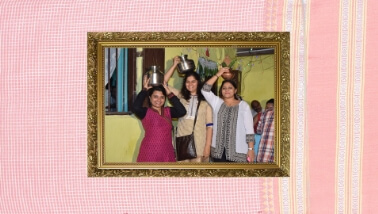
2 The Ritual
A popular East Indian pre-wedding ritual is the Umbracha Pani, (literally, water from the fig tree). The bridal squad consisting of her close friends and family has set out to fetch water from a well in the vicinity of an Umbar (Indian fig – Ficus Racemosa) tree.
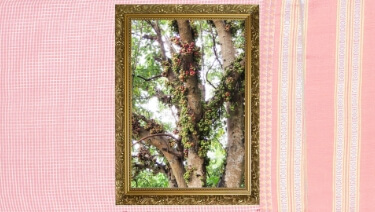
3 The Fig Tree
Traditionally, trees of the Ficus species have been used for water divination, to help decide where to plant crops or dig wells. It is believed that the roots of the fig tree would infuse the well water with skin healing properties and thus the ritual of bathing the bride/groom on their wedding day with the Umbracha Pani.

4 The Blessing
The offerings are first presented to the household shrine to be blessed during the evening prayers before being taken to the well.
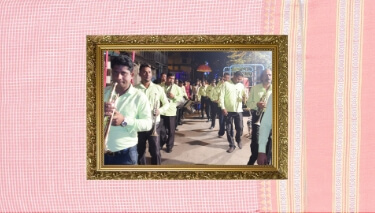
5 The Celebration
Led by a 16 piece Brass Band, the enthusiastic bridesmaids start the procession from the bride-to-be’s house carrying on their heads a Kalshi (metal pitcher) in which are placed auspicious mango leaves and a Narol (coconut).
Flanked by family and friends, the girls dance along with the procession, only stopping for an occasional selfie.
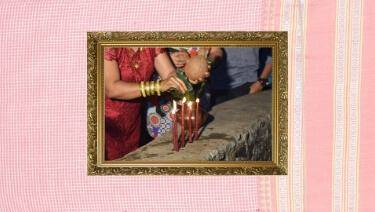
6 The Offering
Upon reaching the well various auspicious offerings are made as a sign of respect, such as flowers (marigold), betel nuts, fried delicacies such as phugyas (dough balls) and even a glass of alcohol (earlier made from the sap of the local toddy tree).
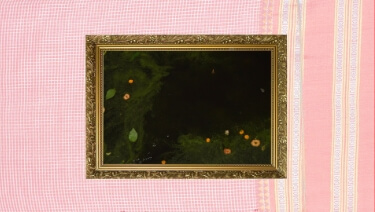
7 The Prayer
Prayers are said, candles are lit and the Narol (coconut) from the Kalshi is broken and tossed into the well along with the above-mentioned goodies.
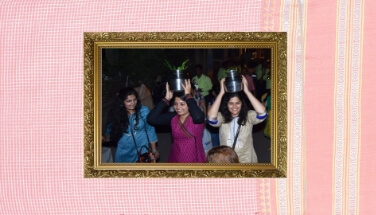
8 The Well
Water is then drawn, strained, and carried away in the Kalshis by the bridesmaids, back to the house of the bride.
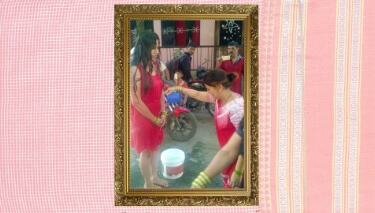
9 The Bath
The next morning, a special Pandal (informal stage) is built in the open space outside the house. The bride must stand on a Peera or low height stool and the ritualistic bath ceremony is performed using the well water.
Nowadays, leave alone the water being beneficial for the skin, the well water may
READ MORE
